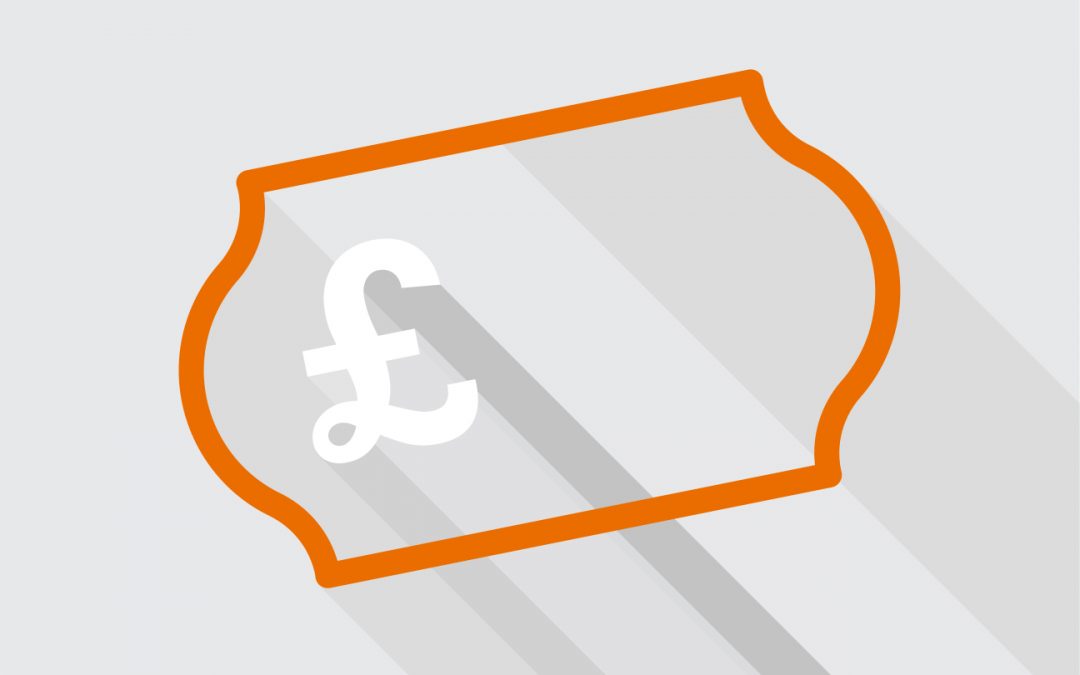A variety of strategies can be used to determine the price of a product or service.
These are some of the most commonly used models –
Cost Based Pricing
A percentage or amount is added to the ‘real’ cost of marketing the item or delivering the service.
In this simple and straightforward model, the business owner knows that costs are always being covered.
It’s also easy to calculate the price of multiple items and understand the individual profit margins.
However, it doesn’t take into consideration ‘what the customer is prepared to pay’, or ‘what the competition is currently charging’.
Customer Based Pricing
Prices are fixed based on what the business believes that the customer will be prepared to pay for the product or service.
‘Penetration Pricing’ strategies where special offers or indeed ‘loss leaders’ are introduced to increase market share (or buy customers), drive sales volume and encourage repeat or regular purchases.
‘Price Skimming’ strategies are often used to support new product launches. Early adopters are encouraged to pay higher prices before consumer choice is broadened as competitors launch similar products or services.
‘Psychological Pricing’ The main aim is to make consumers believe that a product is cheaper than it really is. Products and services are strategically priced just below consumer perceived barriers. This is why products are sold for £9.99 instead of £10.00.
Competitor Based Pricing
Competitor prices are thoroughly researched. Products and services are then strategically priced accordingly.
This is often know as the ‘Going Rate’ strategy.
In this model, price isn’t the main deciding factor when the consumer is deciding where to buy from. Brands can compete in other areas including quality, service and speed of delivery.


